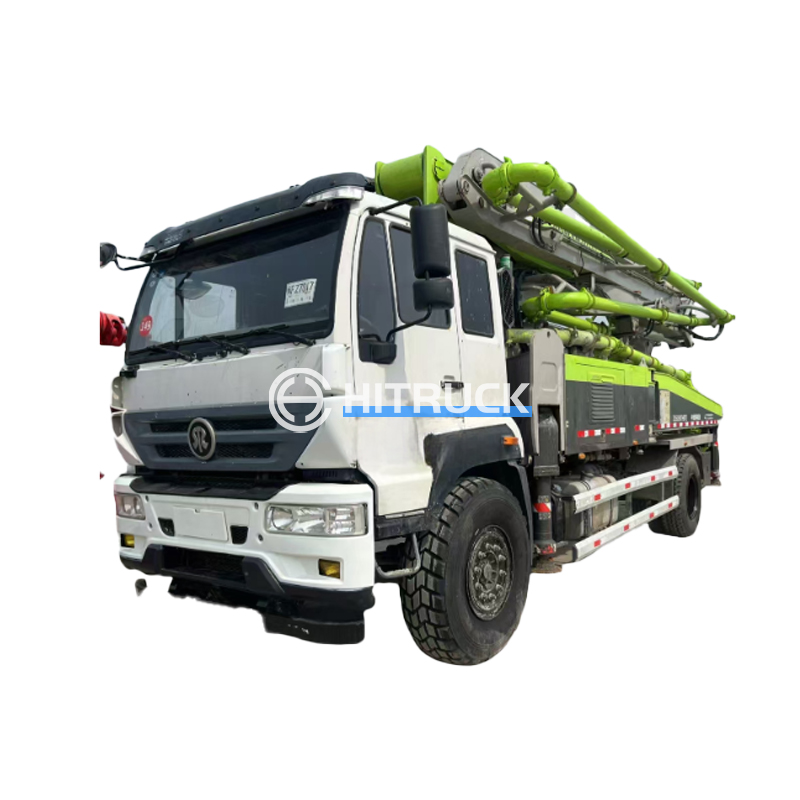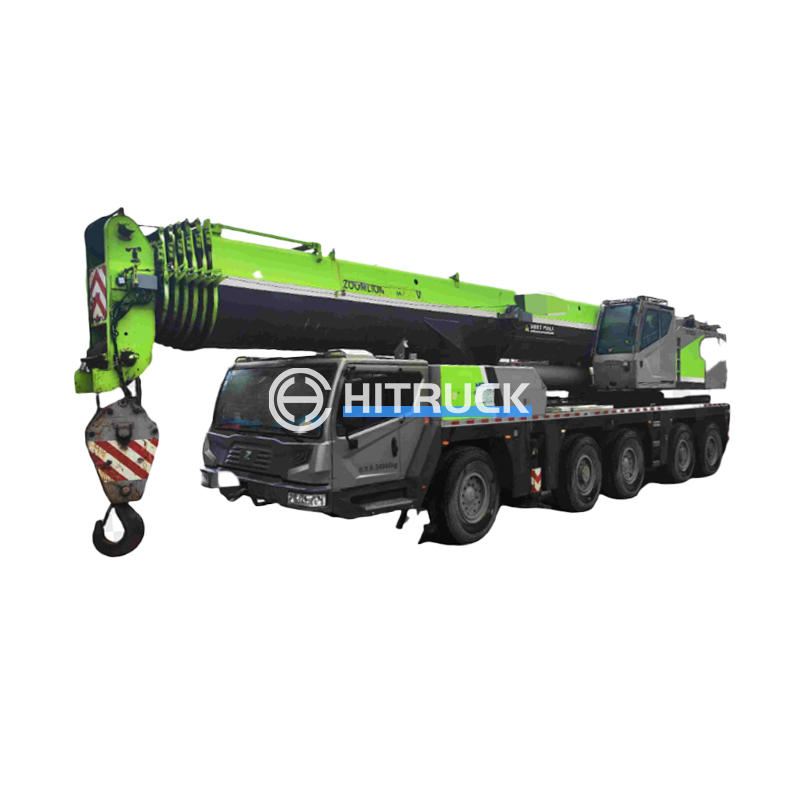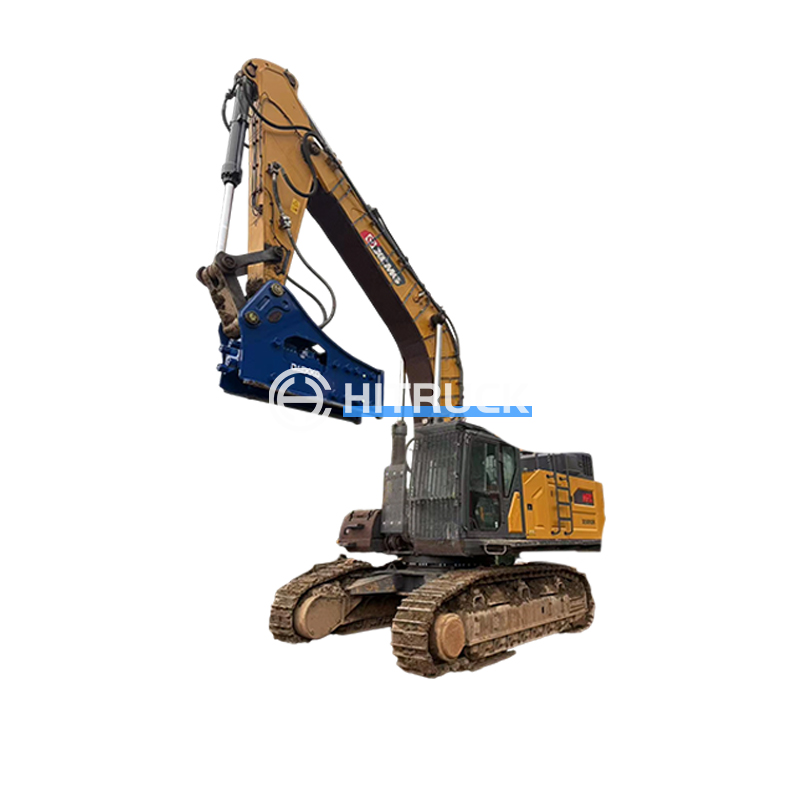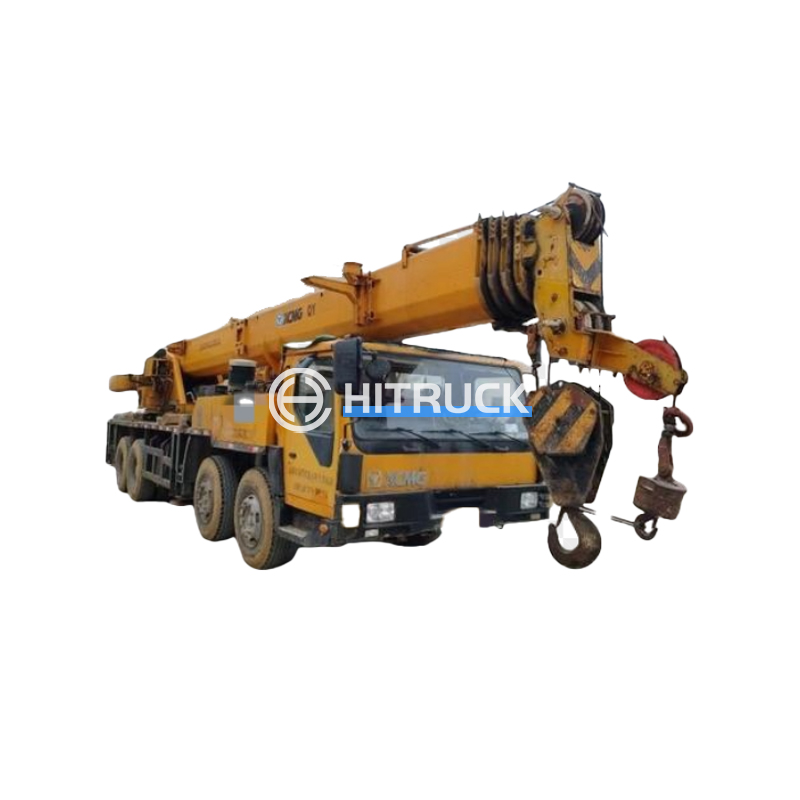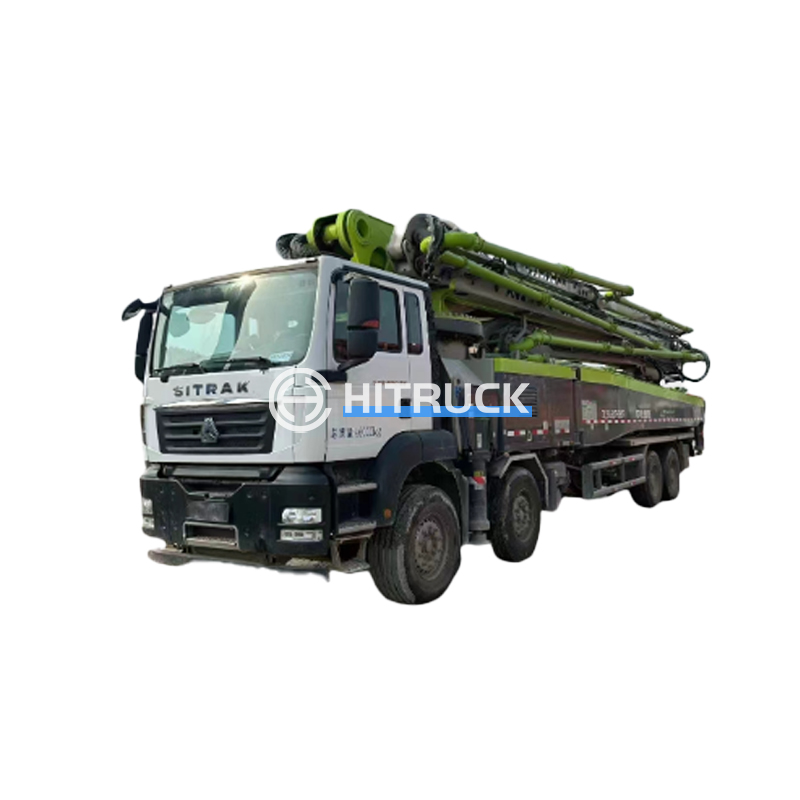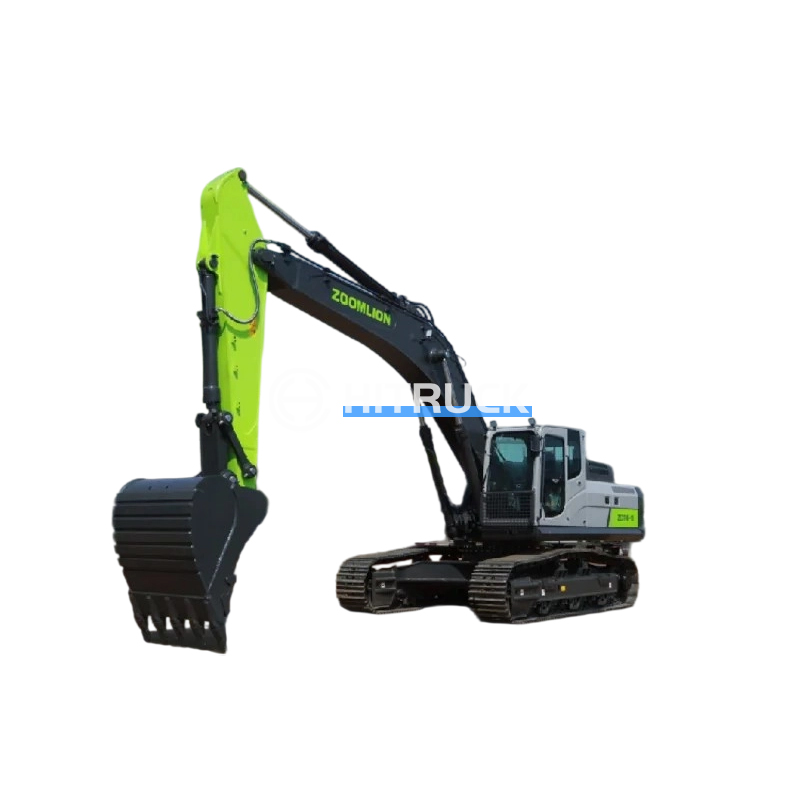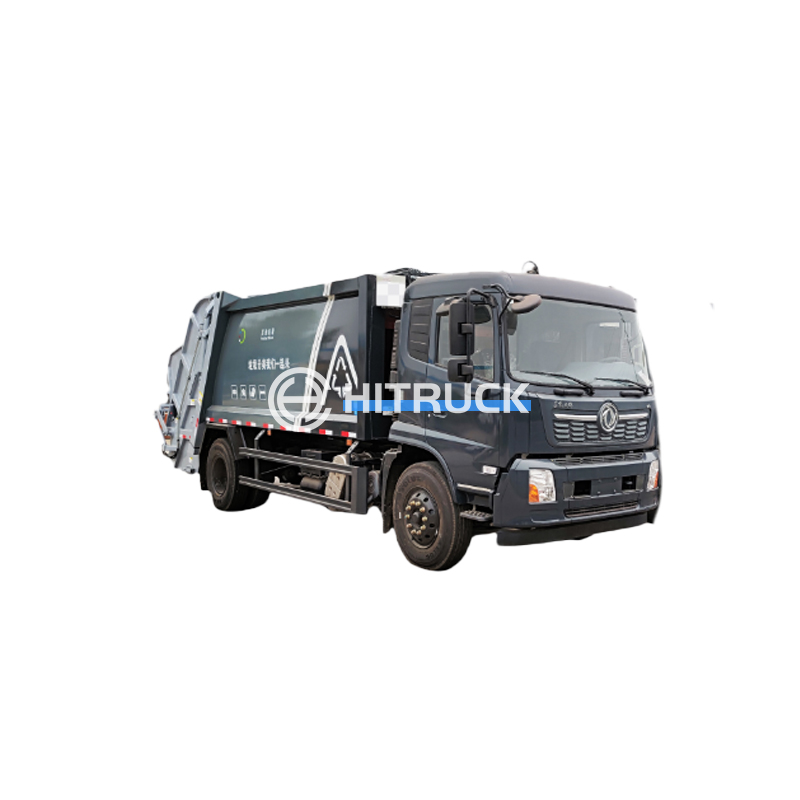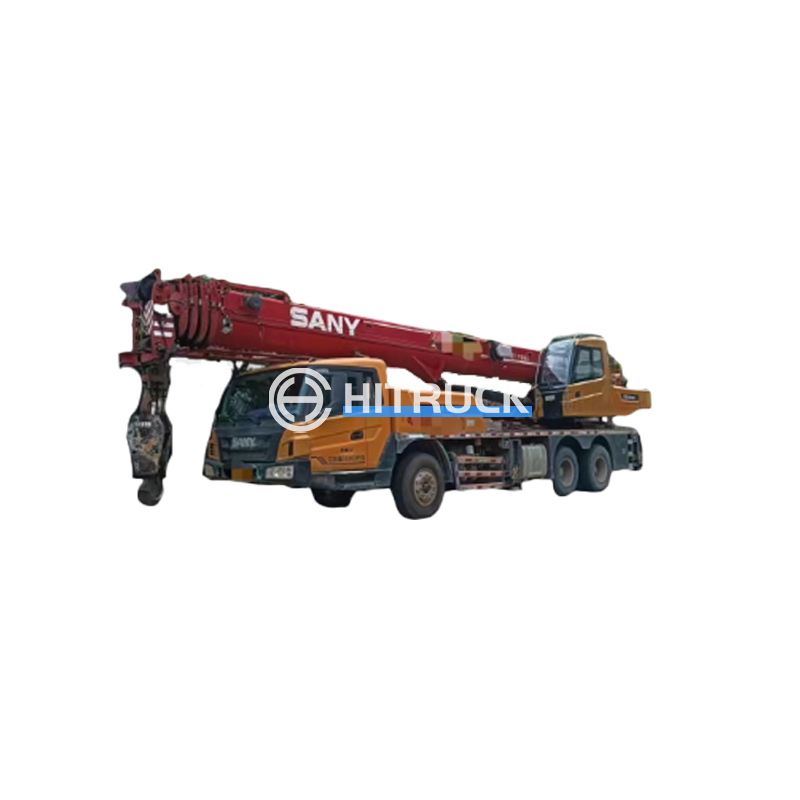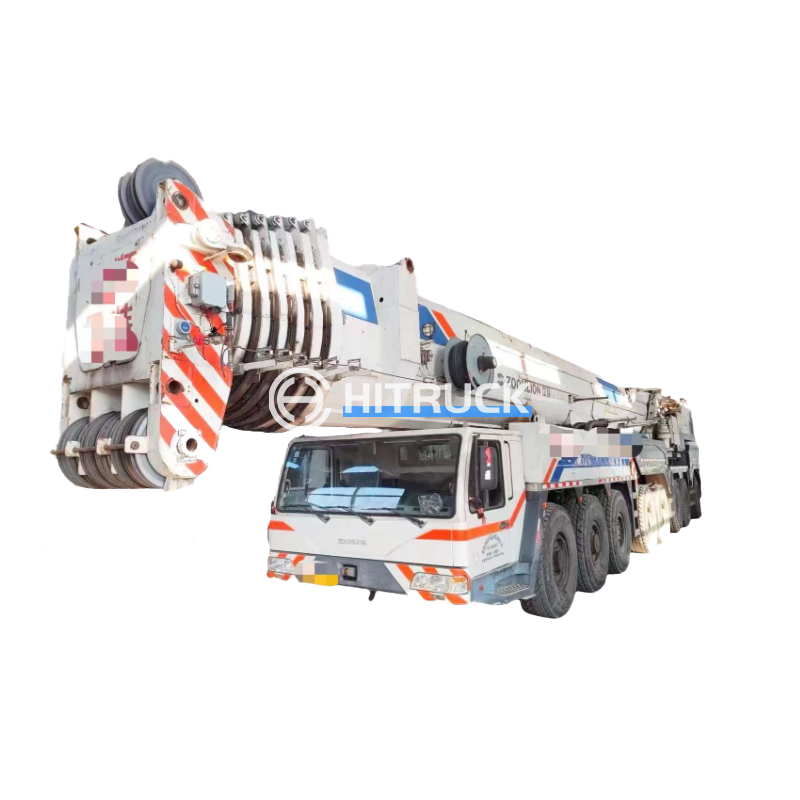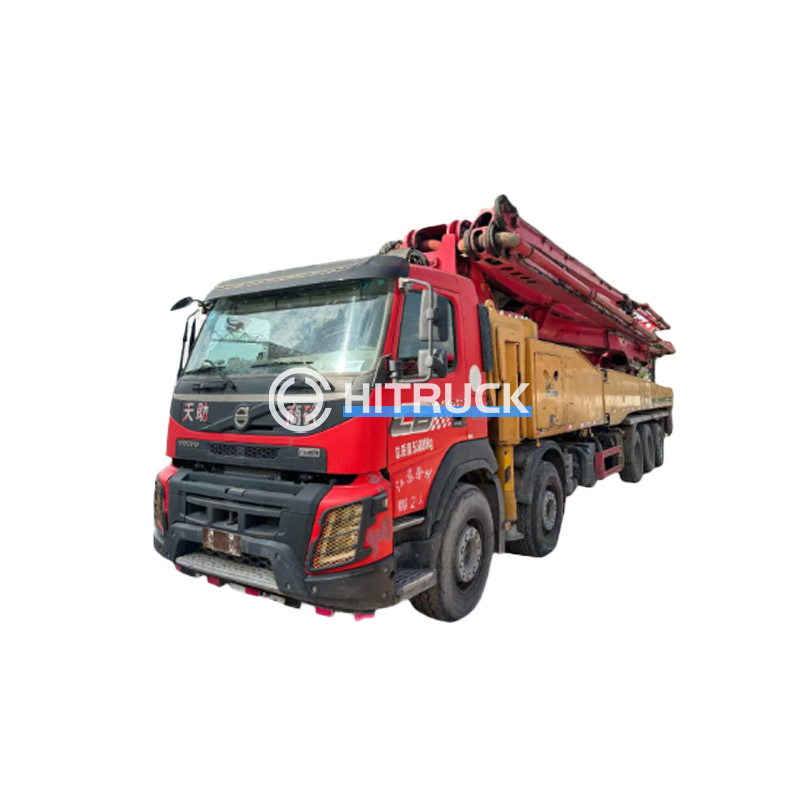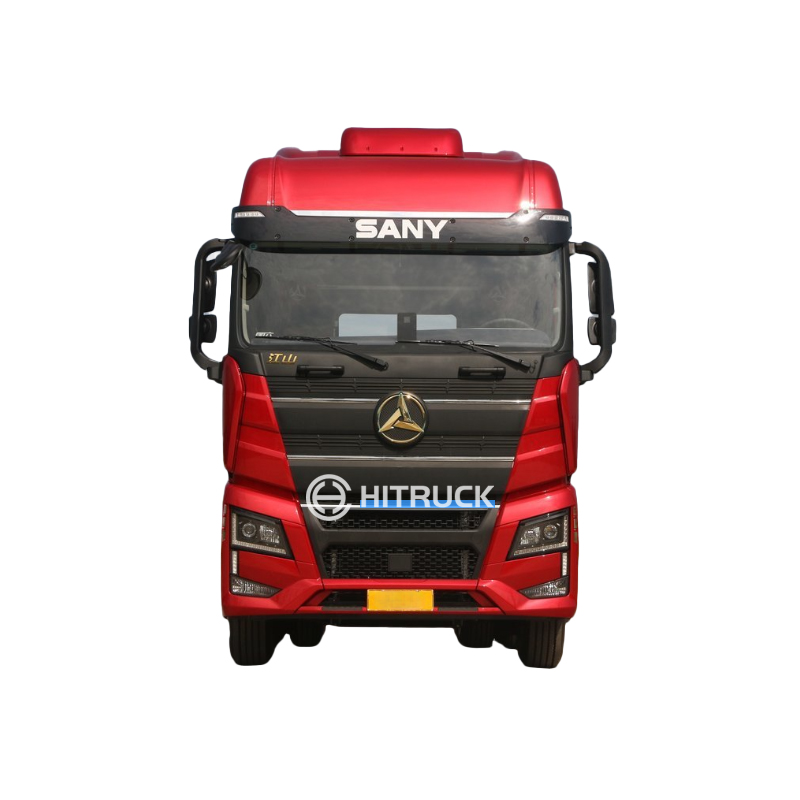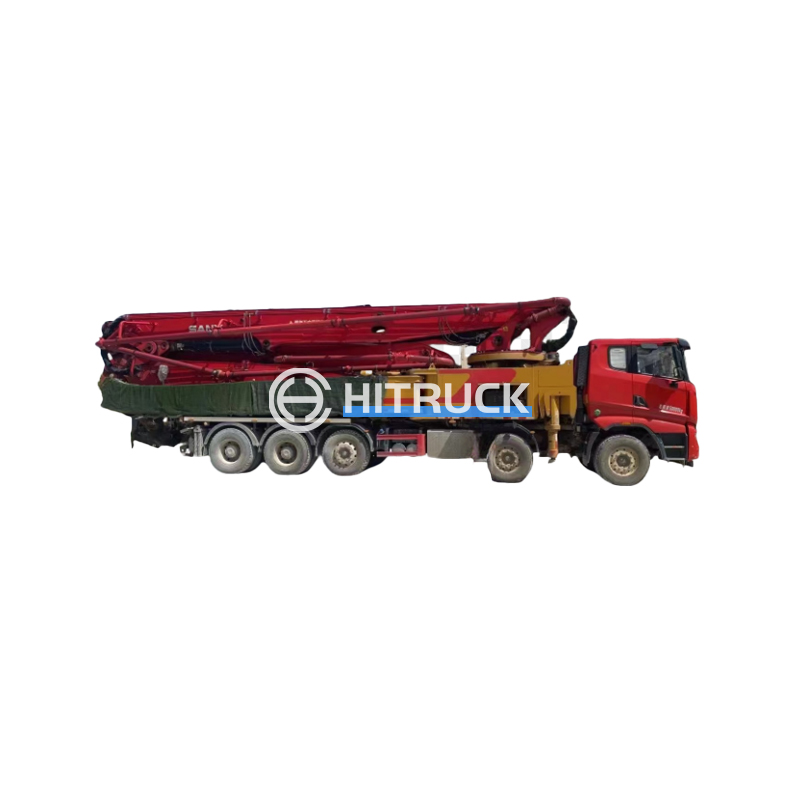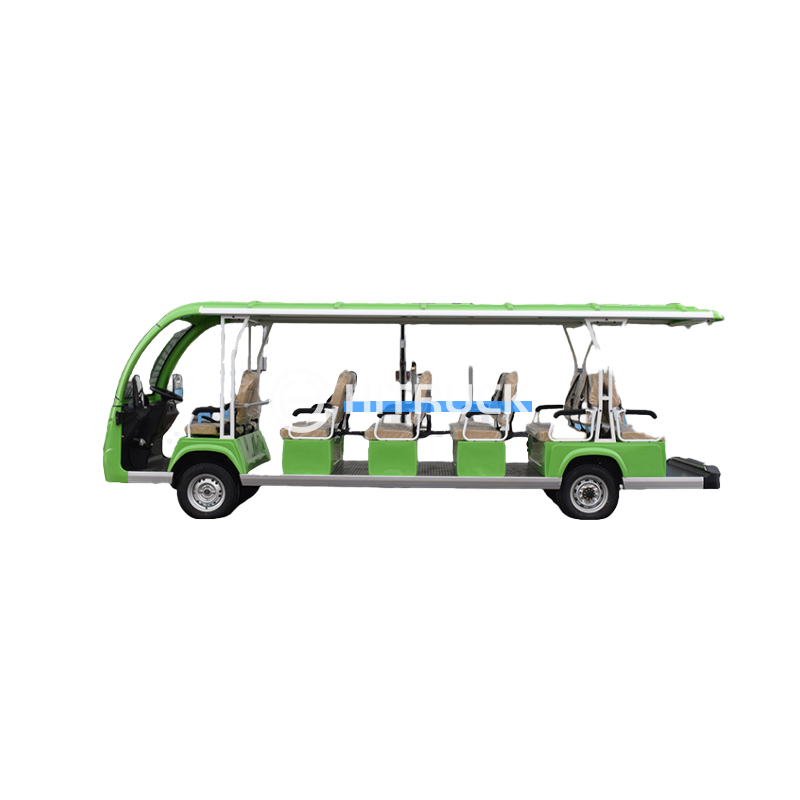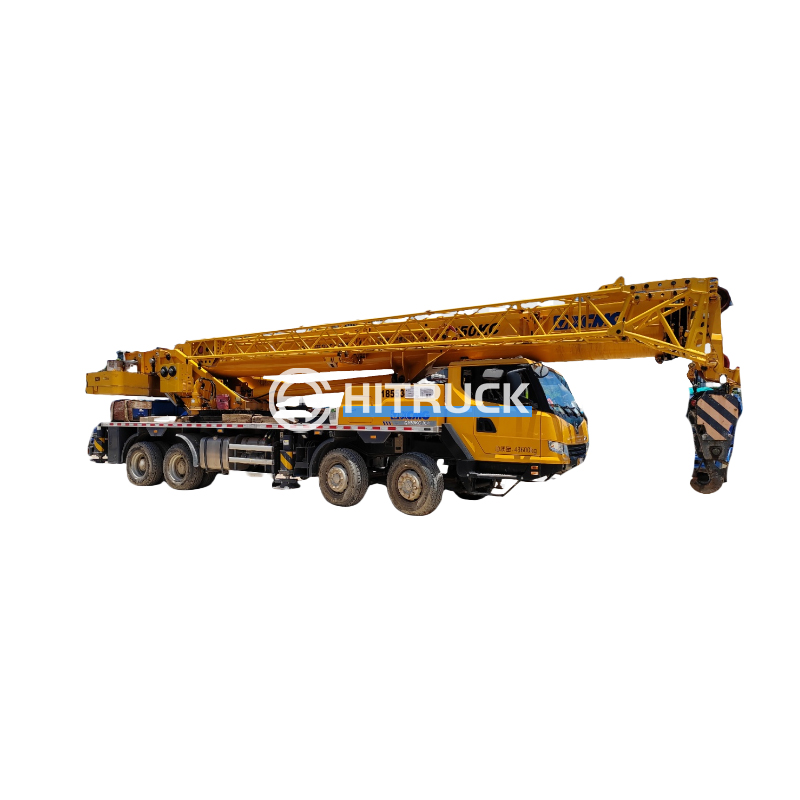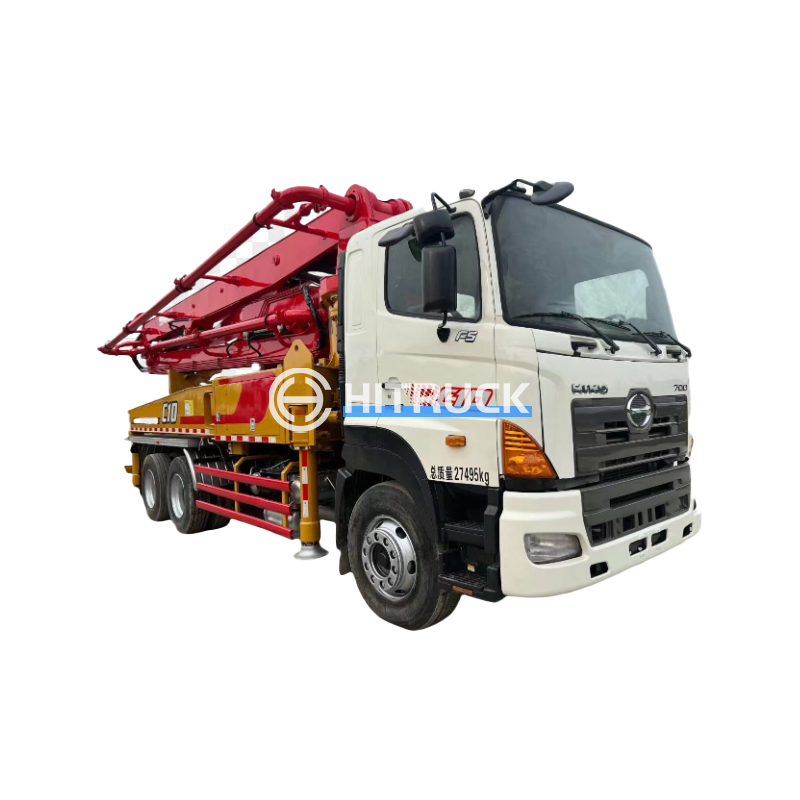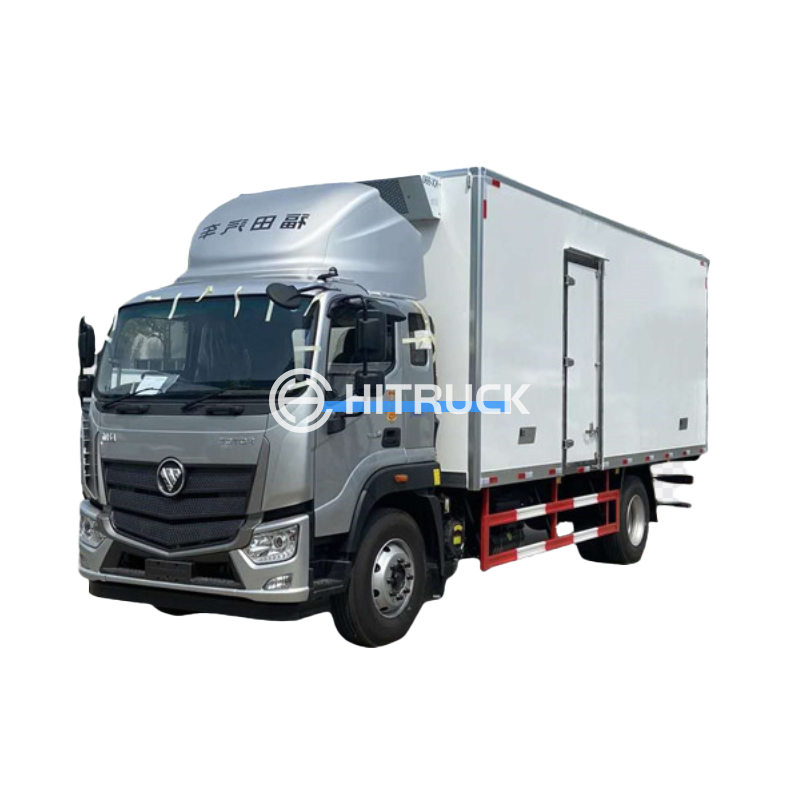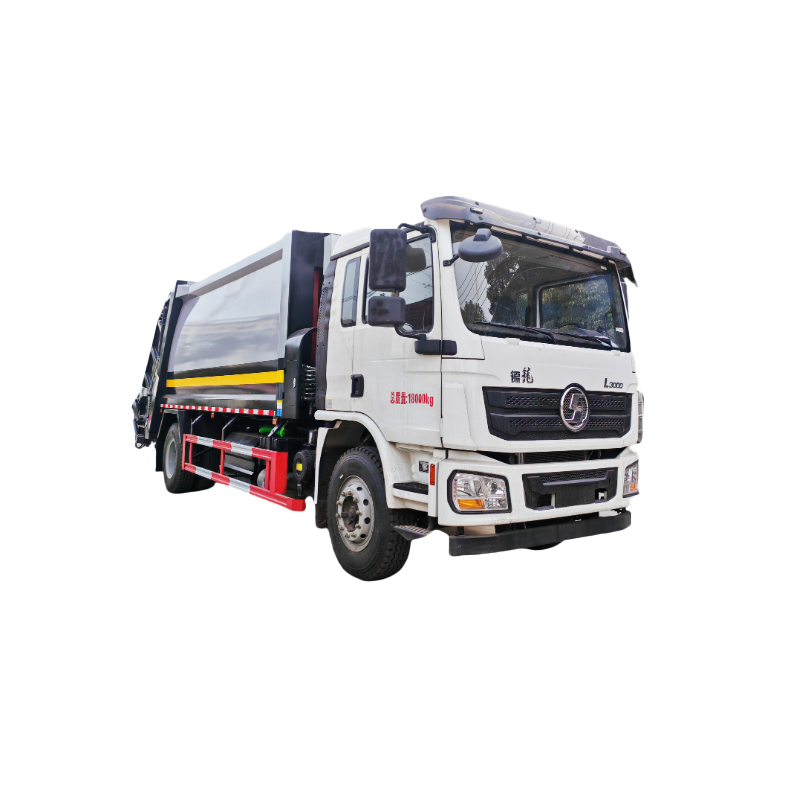The Real Cost of Golf Carts: An Insider’s Perspective
When it comes to buying a golf cart, many are unaware of the nuances involved in determining golf cart prices. It might seem straightforward—after all, it’s just a small vehicle meant for the golf course, right? However, there's much more lurking beneath the sticker price. From battery types to custom features, several factors could balloon the cost. Understanding these can help make a more informed decision. Here, I share insights from years in the industry.
Understanding Base Prices
The first thing to grasp is the base price. Basic models often start low, possibly around $5,000 for a new cart. But this can quickly escalate when upgrades come into play. Battery capacity is a major cost driver. Lithium batteries, while expensive, offer longer life and less maintenance compared to lead-acid types. In practice, investing in a good battery can save in the long run, both in performance and reliability.
Then there are customizations. It’s akin to buying a car. Leather seats, enhanced suspension, or integrated technology drive up costs. I’ve seen many novice buyers get dazzled by flashy features, without considering their real needs. A colleague once bought a high-end cart with all bells and whistles, only to use it sparingly on weekends.
Interestingly, the region can also play a role in pricing. In areas with numerous golf courses, prices might be competitive due to enhanced availability. Conversely, in locations where carts are a niche market, mark-ups can be steep.
Considering Brands and Quality
Brands matter, and they don’t just affect the price tag for the sake of name. Well-known brands often have robust warranties and better after-sales service. Take EZ-GO or Club Car—these brands are industry stalwarts and offer dependable service networks. That said, lesser-known brands might provide the basic functionalities at a lower price, but the trade-off often involves lower quality components or sparse service options.
Working at Suizhou Haicang Automobile Trade Technology Limited and being part of a bustling platform like Hitruckmall, I constantly see how brand perception influences buyer decisions. It’s not just the cost of purchase, but the long-term investment in service and parts.
One practical tip? Always test drive. Many overlook this, but feeling the ride quality, checking the noise levels, and experiencing the handling firsthand provide insights beyond the numbers listed in a brochure.
The Role of Purpose and Environment
Do people buy golf carts for more than just golfing? Absolutely. In some gated communities, they serve as primary modes of local transport. For others, they’re utility vehicles in farms or large estates. The purpose greatly influences what one should look for. For instance, carts used in hilly terrains need more power and possibly enhanced braking systems. These add-ons can increase costs markedly.
Once, while consulting for a client needing carts for a winery, we had to consider terrain adaptability, weather conditions, and load capacity. It’s decisions like these where having a knowledgeable vendor is crucial. Not all dealers offer this kind of tailored advice.
Understanding your own usage patterns can inform whether you need a new cart or could make do with a reliable used one. Used carts, by the way, should be carefully vetted. Too often, buyers discover hidden faults only after purchase.
Depreciation and Resale Value
It's vital to consider depreciation. Golf carts, much like cars, lose value over time. However, carts from reputable brands retain value better due to their durability and quality assurances. When clients worry about this, I often suggest considering the resale market where these factors play out.
A friend once shared his experience of selling an old Club Car and was pleasantly surprised by the resale value due to its maintained condition and care. He had invested initially in quality parts, which paid off.
Even in the digital age, platforms like Hitruckmall facilitate easier selling and trading of used carts, offering ample opportunities to gauge current market trends.
Customization vs. Necessity
Finally, while the allure of customization is strong, one must balance between indulgence and necessity. Personal stories abound of spending too much on features rarely used. I recall a neighbor with LED lights and an ultra-sound system on his cart—nice to have, sure, but value additions they weren't.
Prioritization is key. Start with essentials like battery type, seating, and possibly weather enclosures if you’re in a rainy area. Gradually, you can build upon these with more customizations that align with actual use.
In conclusion, buying a golf cart is an exercise in understanding what truly aligns with your needs versus what merely appeals in the moment. By combining practical insights with a careful assessment of brands like those supported by Hitruckmall, potential owners can navigate the purchasing landscape with confidence.


